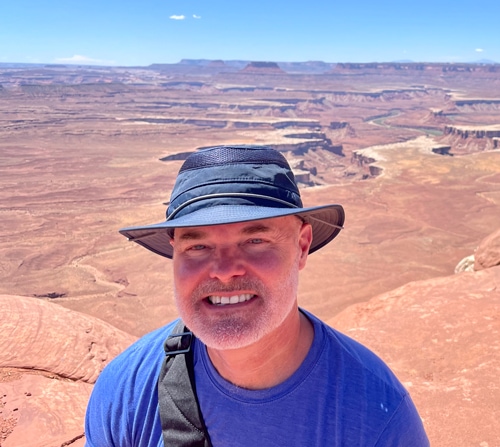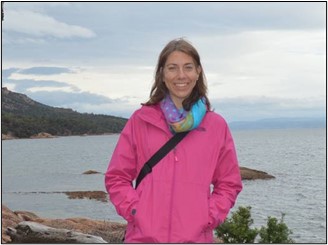What happens when a nation focuses on addressing the critical challenges posed by climate change by investing in nature? That’s what we’re talking about in Season 5, Episode 2, of the Engineering With Nature® Podcast. Host Sarah Thorne and Todd Bridges, Senior Research Scientist for Environmental Science with the US Army Corps of Engineers and the National Lead of the Engineering With Nature Program, are talking with two guests from the White House. Heather Tallis is the Assistant Director for Biodiversity and Conservation Sciences in the White House Office of Science and Technology Policy, and Lydia Olander is the Director of Nature-Based Resilience for the White House Council on Environmental Quality.
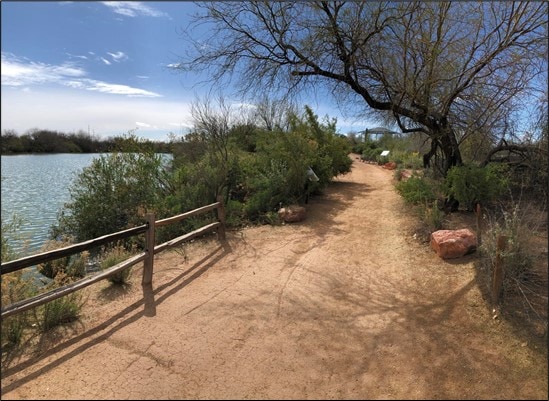
Heather and Lydia are two of the three co-chairs of Opportunities to Accelerate Nature Based Solutions, a report to the National Climate Task Force, which was released by the White House November 8, 2022.

Source: https://www.whitehouse.gov/wp-content/uploads/2022/11/Nature-Based-Solutions-Roadmap.pdf
Source: https://www.whitehouse.gov/wp-content/uploads/2022/11/Nature-Based-Solutions-Resource-Guide-2022.pdf
Lydia came to the Council on Environmental Quality from Duke University where she was part of an environmental policy team at the Nicholas Institute for Energy, Environment and Sustainability. Her team works directly with decision-makers in State and Federal agencies to improve consideration of nature and its benefits in policy and investment decisions. Recently they’ve also been working on climate resilience, all work that is similar to the work underway in the Biden Administration. Heather has spent most of her career in the nonprofit world working on environmental conservation, focusing on bridging the natural and social sciences in real-world decisions.
Heather and Lydia faced a big challenge and a very tight timeline. On Earth Day, April 22, 2022, President Biden issued Executive Order 14072, Strengthening the Nation’s Forests, Communities and Local Economies. Section 4, “Deploying Nature-Based Solutions to Tackle Climate Change and Enhance Resilience,” called for developing an interagency report. Heather, Lydia, and their fellow co-chair, Krystal Laymon (from the White House Office of Domestic Climate Policy), were charged with leading the process of engaging key Federal agencies, including the US Army Corps of Engineers, to identify opportunities for greater deployment of nature-based solutions (NBS) across the Federal Government, including through potential policy guidance and program change. Todd and his colleagues in the EWN Program had the opportunity to participate: “It was really a massive undertaking. I was very impressed with the way they discharged their responsibilities to deliver that report.”
Across Federal agencies and communities where nature-based solutions can be effective, adoption has been low. As Heather notes, “We aren’t seeing nature-based solutions just take off, and that’s a bit of a mystery.” Through consultation with agency partners, public roundtables, and Tribal Consultations, Heather, Lydia, and Krystal found that despite a lot of interest, there are real barriers to using nature-based solutions. “So that was our starting point. We then worked with agencies to find ways to remove some of those barriers.”
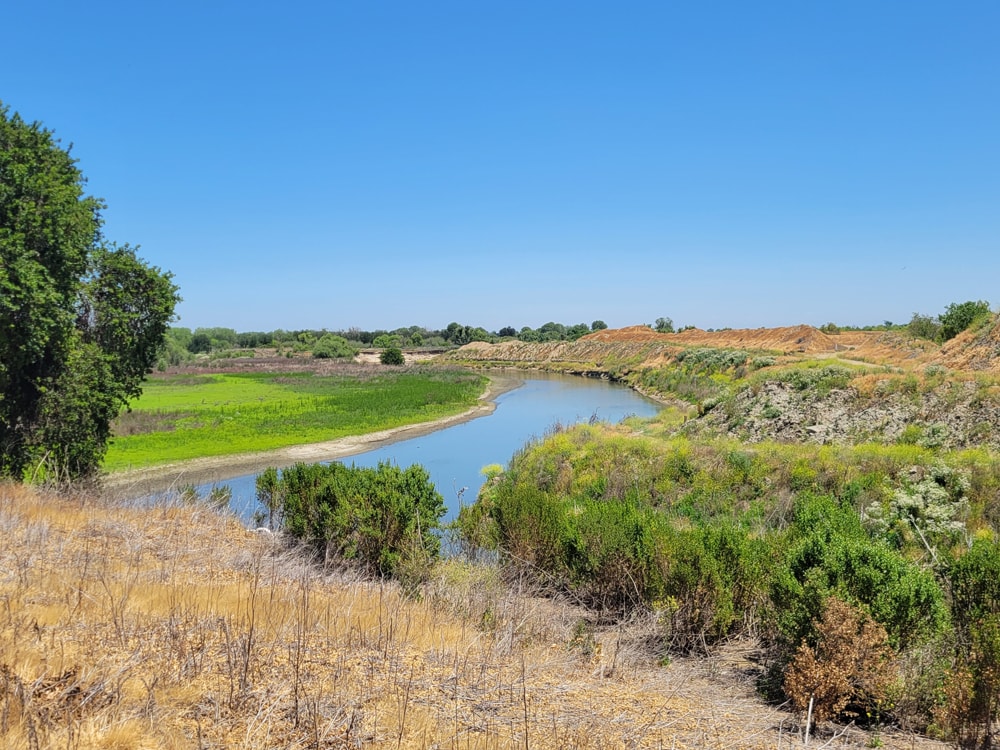
Lydia describes the broad coalition of US agencies that they worked with, including the Department of the Interior, Department of Homeland Security, Department of Agriculture, Environmental Protection Agency, Department of Transportation, Department of Defense, Department of Housing and Urban Development, Small Business Administration, Department of Commerce, Department for International Development, Department of State, Department of the Treasury, General Services Administration, Department of Energy, and AmeriCorps. Each of these agencies have different interests in and applications of nature-based solutions. The breadth of different applications of nature-based solutions underway by Federal agencies can be seen in the Nature-Based Solutions Resource Guide, a companion report that includes 30 examples. Lydia also notes that, despite the wide range of Federal agency perspectives and stakeholders included in the consultations, the team identified a set of common themes and challenges, which became the focus of the report. “How can Federal agencies and partners start to address those challenges and get us from this broad set of examples to something that’s much broader in scale, and widespread, so that nature-based solutions are a regular solution that everybody’s going to?”

The Report identifies five strategic areas for action: “Policy,” including permitting, reviews, and cost-benefit analyses; “Funding”; application in “Federal Assets,” including facilities, lands, and waters; building the nature-based solutions “Workforce”; and producing “Evidence” to support effectiveness of NBS based on continuous innovation, learning, and research priorities.
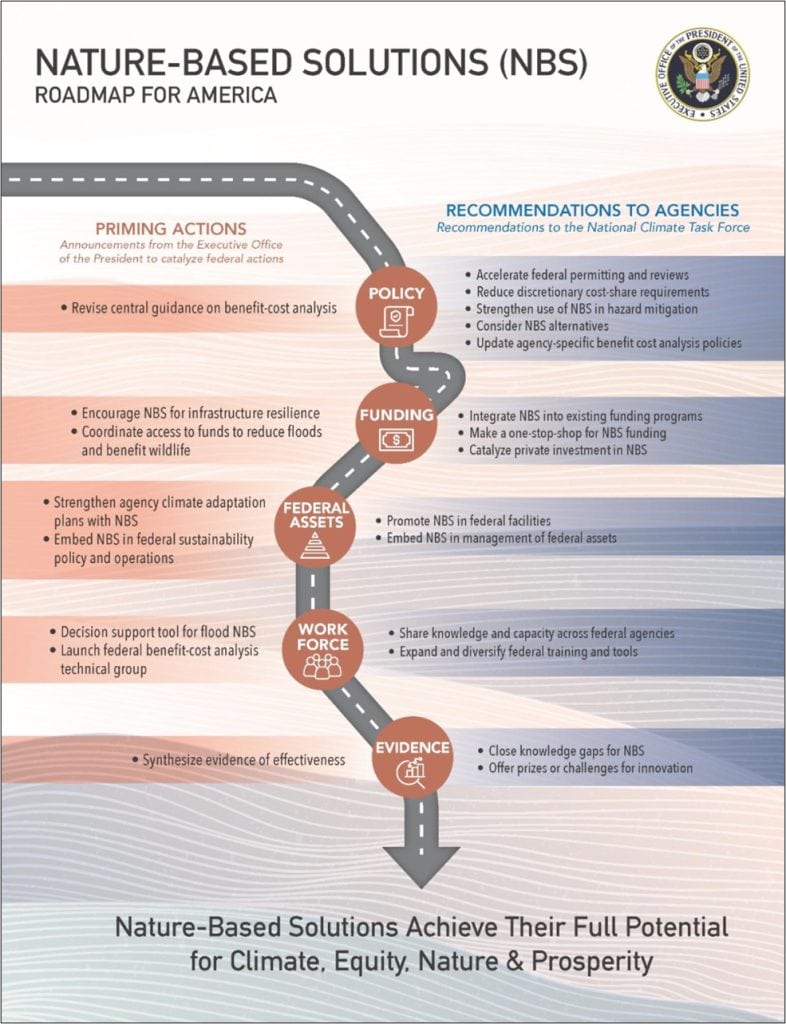
As Todd notes, the timing and the opportunity for this report’s recommendations are unpreceded: “We’re in a time of important change or evolution in people’s thinking about nature. Rather than predominantly thinking about nature as a source of threat, or something to be conquered or overcome, there’s a growing awareness that nature and its ecosystems are a foundation, the source and supply, the economy if you will, to address these social and environmental challenges. An increasing number of people from diverse walks of life and professions and communities are committed to making progress on nature-based solutions. In fact, I’d say they’re hungry for it. So there’s a motivation now that maybe just a few years ago wasn’t as well developed.”
Lydia agrees and notes the increased awareness of these issues internationally, citing the launch of a global partnership on nature-based solutions at the Climate COP27 conference at Sharm El-Sheikh in November. “It’s great to see other countries also moving forward on nature-based solutions with similar goals and ideas in mind. I think there’s a broad acknowledgement that we’re really ready to step up and scale up nature-based solutions.” Heather adds: “The report makes clear that nature-based solutions should be go-to options for addressing our main challenges like climate change and building strong economies. With this report, we clearly know how to get there. It gives a set of actions and recommendations that Federal agencies and partners can take now, to really set us on that path to unlocking the full potential of nature-based solutions.”
Todd adds: “For agencies like the Corps of Engineers who are charged with delivering service or projects of a particular type, I think the future is what I might call ‘nature-first thinking’ where we think about how can nature help before we decide what action we need to take. And that nature-first thinking needs to become intentional, a really thoughtful choice that’s made by organizations.” He adds that these projects produce value to individuals and society as a whole but that it raises the question of what kind of value and for whom? “Answering that two-part question has a lot of layers to it in the context of how projects are planned and how we engage with communities and stakeholders.”




